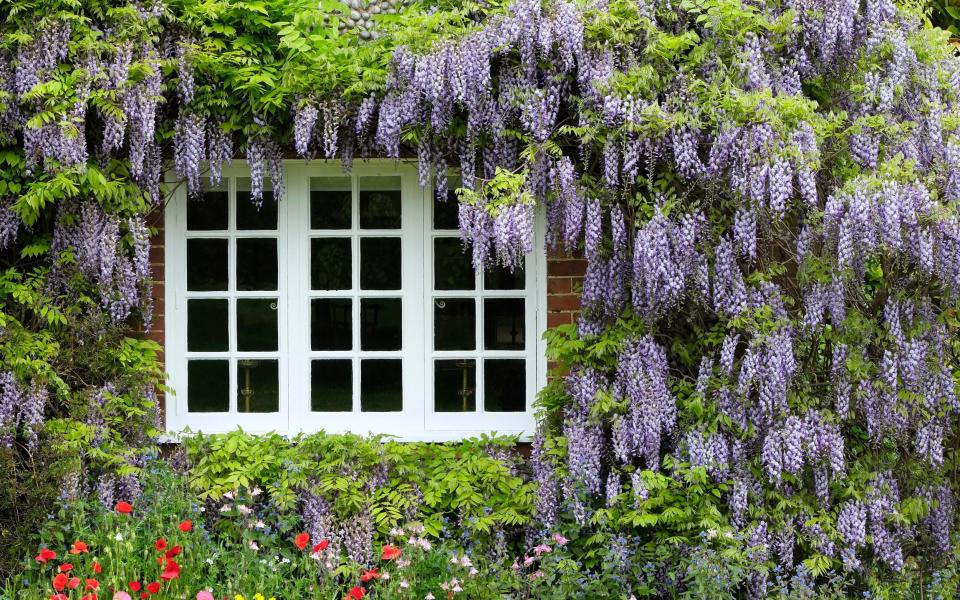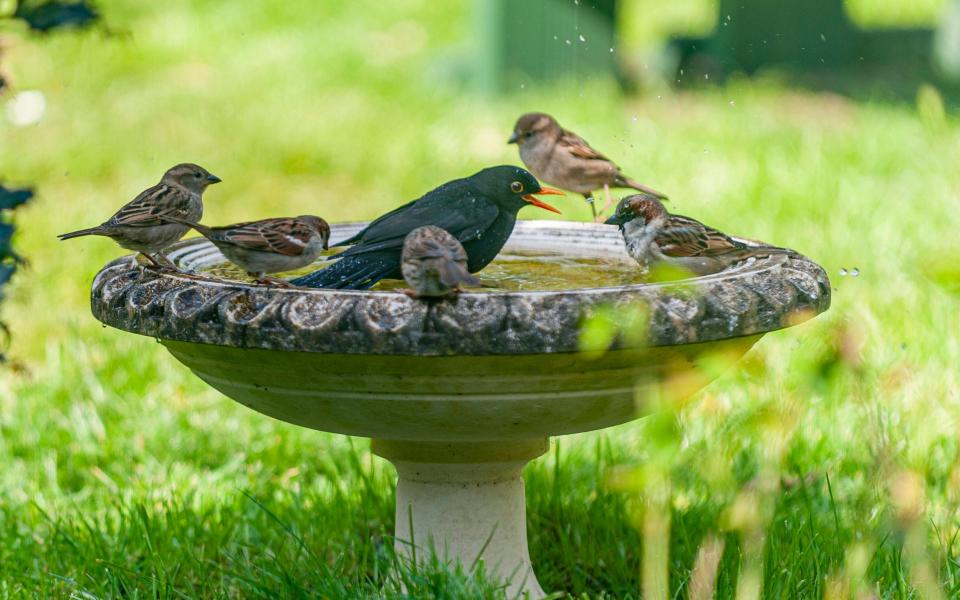The small investment that can add up to £10,000 to your house price

Is your house worth more because of your beautiful plants? Email money@telegraph.co.uk
Sigmund Freud once said that flowers “are restful to look at” because they have “neither emotions nor conflicts”, but he neglected to mention another important benefit – they can add thousands to the value of your home.
House prices have been largely stagnant in the past year, a worrying state of affairs for homeowners and buy-to-let investors alike. Forecasters surveyed by the Treasury expect house prices to fall by 1.1pc this year, before a 2pc recovery next year.
Thankfully a green thumb can give your home a boost in value to beat the house price slump. “From the moment a prospective buyer arrives at your home, they’re faced with a split-second decision – and it’s all about aesthetics,” says Ted Bromley-Hall, of Ibran, a landscaping supplier. “Whether it was a long, sweeping driveway with colourful, structural shrubs or window dressing a new build, clients tended to focus on that first impression.”
The big ticket plant is wisteria, which can add up to £10,000 to a property’s value, says Tracey Dixon, of Pure Mortgages and Protection. “These are estimates, and the actual impact depends on the property, maturity of the plants, and overall landscaping design,” she says. “But strategically chosen plants can definitely enhance your home’s appeal to buyers.”
Ms Dixon adds that other high-value plants include so-called established trees such as mature oaks, which can add up to £5,000 to a property’s value, as well as landscaped beds (£1,500) and neatly-trimmed hedges (£2,000).

Oliver Custance Baker, head of Strutt & Parker’s National Country House Department says that overall a well-established garden can boost a home’s value by up to 20pc, although it’s often individual plants that will provide the bulk of such value.
“The most sought-after plants – and those that can therefore provide the biggest uplift in value – are typically wisteria and magnolia because of their appearance and the time it takes to grow one to maturity,” he explains.
Plants like wisteria and magnolia can take years to mature, and cannot be bought in the shops or built in a matter of weeks. “Like period homes, you become a custodian of these plants, tending to them and enjoying them over the years, and hoping that the weather remains in their favour when flowering,” says Mr Custance Baker.
Juliet Sargeant, a professional landscaper, says this is because a beautiful garden communicates to a prospective homebuyer that the property’s owner has good taste. “You can tell if a garden has had some thought put into it, and a buyer will assume that speaks to the rest of the property.”
But big-value plants like magnolia have their downsides – namely their short flowering periods, which can leave gardens covered in brown petals after just a week. Ms Sargeant says homeowners have opted for less temperamental alternatives.
“Homeowners have gotten really into specimen plants – big trees that have been dug up from elsewhere and replanted,” she explains. “A homebuyer can tell when a magnificent mature tree has been dug up and planted in a garden, and they know it cost a lot of money.”
Green-thumbed homeowners hoping to bolster their home’s value will nonetheless have to play the long game. Guy Barter, chief horticulturist at the Royal Horticultural Society, says wisteria can “be slow to come into flower while young.”
He adds: “They flower well enough if left unpruned, but if possible, shorten in late summer to induce more flower bud formation, and then shorten resultant whippy shoots in late winter so the flowers can be more readily seen.”
Other overlooked but value-boosting plants include rose bushes and pleached trees. Mr Barter says the former requires more attention than gardeners are willing to make. “Bush roses flower on new shoots, and most gardeners do not prune them as much as they might resulting in ungainly plants with less flower than expected,” he adds.

